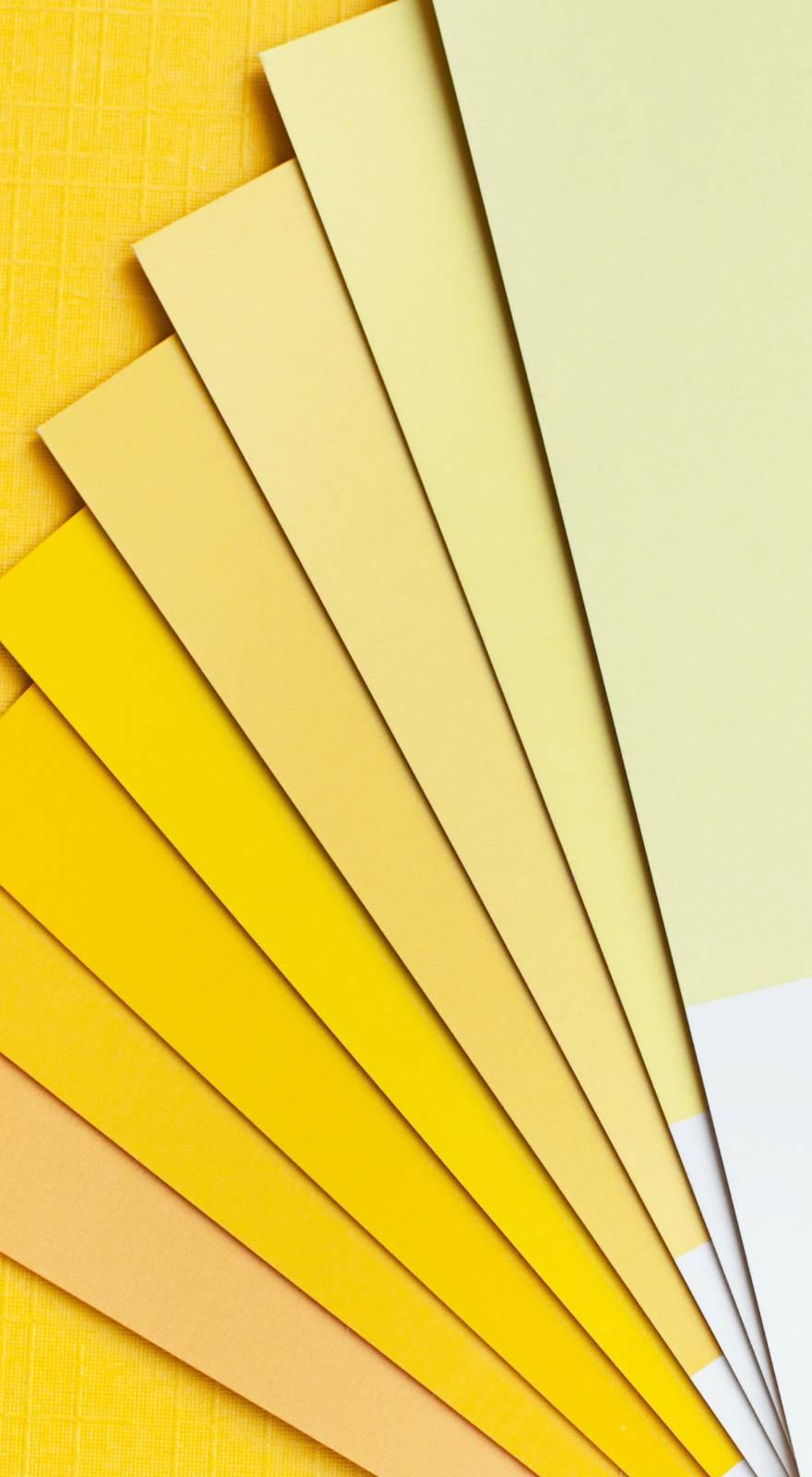Knowde Enhanced TDS
Identification & Functionality
- Chemical Family
- Product Type
- Technologies
- Product Families
Features & Benefits
- Ready-to-Use Product Features
Applications & Uses
- Applications
- Epoxy Glue DO’S and DON’T’s
Do's
- Use epoxy glue when surface to be repaired is at least 65°. Please remember that it is possible for air temperature to be 80° and the surface to be repaired can maintain a temperature of 60°. We suggest warming surface with a heat lamp or placing it in direct sunlight to assure a minimum 65° temperature.
- After repair has been made, and a minimum of 24 hours has passed, you still have a tacky surface, you may remove the tackiness with Kardol acetone.
- Cure time may be lessened by using an electric hair dryer.
- Kardol Epoxy Glue Part 1 and Part 2 should be mixed together for approximately 3 minutes to assure thorough mixing.
- Kardol Epoxy Glue may be applied with a brush, notched trowel, plastic spreader etc. Kardol Epoxy Glue should have a glue line of 10-20 mils thickness; approximately as thick as a standard business card (1/64).
- Kardol Epoxy Glue may be mixed with washed sand, colored or plain , to form a grout or mortar. Mix 50% -75% by volume. Clean up with Kardol Toluene or Kardol Multi-Purpose Lacquer Thinner.
- Always use rubber surgical gloves when working with Kardol Epoxy Glue.
DON’T’S
- Use Epoxy Glue when outside temperature is below 60°F.
- Apply to polypropylene, polyethylene or rubber. Kardol Epoxy Glue may be used on PVC pipe after the surface has been sanded with a minimum 40 grit sandpaper and cleaned with
- Kardol acetone.
- When clamping, do not squeeze out glue – use toothpicks to prevent extensive pressure from displacing glue.
- Never leave caps or lids off containers. Epoxies attract moisture which will cause glue to have a slow cure and a tacky surface.
Properties
- Typical Properties
- Cured Properties
- Mixed System Properties
- Typical Cured Properties of Adhesive System
Curing Temperature
Time Lap Shear Strength (Alclad 2024-T-3 aluminum degreased and acid etched per ASTM-D-2651 and tested according
to ASTM-D-1002.)°C °F kg/mm2 psi 25 77 24 hrs 2.1 2990 25 77 48 hrs 2.2 3130 25 77 7 days 2 2840 65 150 4 hrs 3 4270
| Value | Units | Test Method / Conditions | |
| Pot Life | 45.0 | minutes | — |
| Specific Gravity (25°C) | 1.19 | — | — |
| Sag Resistancem (25°C, 1 ½”) | Pass | — | — |
| Value | Units | Test Method / Conditions | |
| Deflection Temperature (264 psi, Cured 7 days) | 45.5 | °C | ASTM-D-648 |
| Compressive Strength (25°C, Ultimate, Cured 7 days) | 10.8 | kg/mm2 | ASTM-D-695 |
| Compressive Strength (25°C, Yield, Cured 7 days) | 4.0 | kg/mm2 | ASTM-D-695 |
| Compressive Strain (25°C, Ultimate, Cured 7 days) | 49.0 | % | ASTM-D-695 |
| Compressive Strain at Yield (25°C, Yield, Cured 7 days) | 2.0 | % | ASTM-D-695 |
| Modulus of Elasticity (Compressive, 25°C, Cured 7 days) | 204.0 | kg/mm2 | — |
| Tensile Stress (Ultimate, 25°C, Cured 7 days) | 3.6 | kg/mm2 | ASTM-D-638 |
| Modulus of Elasticity (Tensile, 25°C, Cured 7 days) | 190.0 | kg/mm2 | ASTM-D-638 |
| Tensile Elongation (at failure, 25°C, Cured 7 days) | 6.5 | % | ASTM-D-638 |
| Flexural Strength (25°C, Cured 7 days) | 5.4 | kg/mm2 | ASTM-D-790 |
| Modulus of Elasticity (25°C, Cured 7 days) | 190.0 | kg/mm2 | ASTM-D-790 |
| Water Absorption (Weight gain, 24 hrs immersion at 25°C) | 0.3 | % | ASTM-D-570 |
| Water Absorption (Weight gain, 7 days immersion at 25°C) | 0.83 | % | ASTM-D-570 |
| Water Absorption (Weight gain, 2 hrs boiling immersion at 25°C) | 1.6 | % | ASTM-D-570 |
| Value | Units | Test Method / Conditions | |
| Mixing Ratio (Volume) | 1:1 | — | — |
| Mixing Ratio (Weight) | 1900-01-03 | — | — |
| Mixed Sag Resistance (25°C, 1 ½”) | Pass | — | — |

